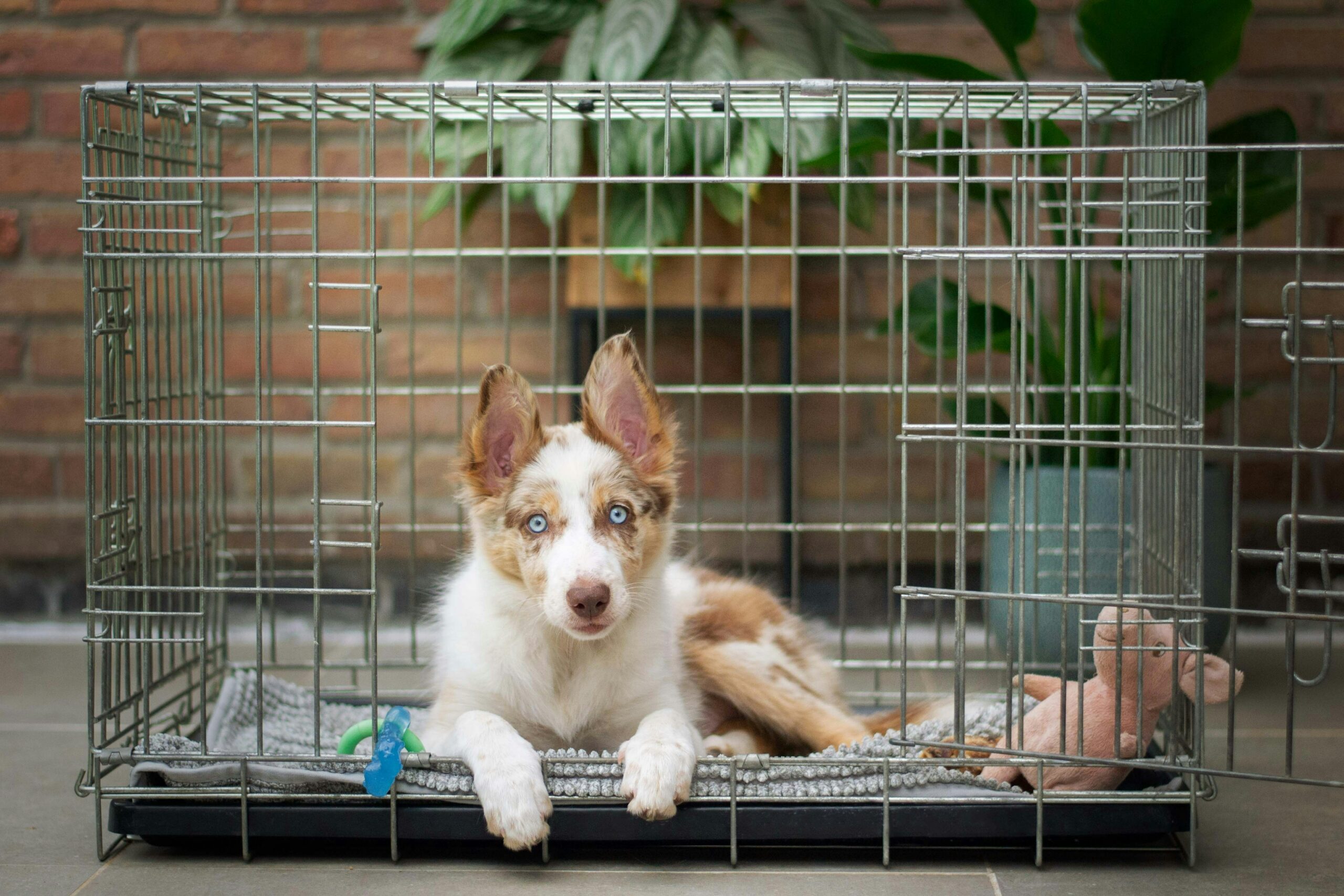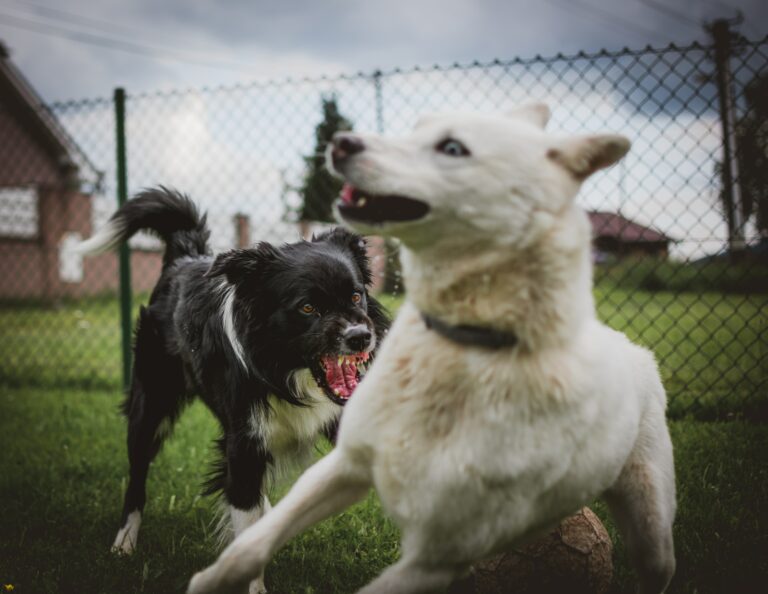Why Crate Training is Essential for Your Dog
Why Crate Training is Essential for Your Dog
Crate training is essential for your dog. For preventing destructive behavior, aiding in housebreaking, and creating a secure and safe environment for your furry friend.
Overview of Crate Training for Dogs
Crate training is a fundamental aspect of dog care that offers numerous benefits beyond just housebreaking and behavior management. One of the key advantages of crate training is its ability to aid in teaching puppies self-control and discipline. Providing a designated safe space for the dog to retreat to, crate training helps in reducing separation anxiety. Making it an effective tool for managing a puppy’s behavior. For example, when a puppy is crate trained from a young age, they learn to feel secure and comfortable in their crate, even when left alone for short periods.
Crate training plays a vital role in preventing destructive habits in puppies. By confining them to a safe space when unsupervised, it helps in avoiding scenarios where the puppy may engage in chewing furniture, shoes, or other items around the house. This not only protects the puppy from ingesting harmful objects but also safeguards your belongings. Additionally, crate training is highly recommended by veterinarians, trainers, and breeders as a foundational practice for all dogs, irrespective of their age or breed. The universal endorsement of crate training underscores its significance in ensuring the well-being and development of dogs across the board.
 Benefits of Crate Training
Benefits of Crate Training
Crate training offers a multitude of benefits for dogs, making it a valuable tool for pet owners. Beyond preventing destructive behavior and aiding in housebreaking, crate training creates a safe haven for dogs to retreat to. For example, when a puppy is introduced to crate training early on, it can become a comforting space that the puppy associates with security and relaxation. This positive reinforcement helps in reducing anxiety and stress levels, contributing to the overall well-being of the dog.
Moreover, crate training is not just about managing behavior; it is a fundamental aspect of instilling discipline and self-control in dogs. By providing a structured environment through crate training, puppies learn boundaries and routines that are essential for their development. This structured approach can lead to a more obedient and well-adjusted pet, enhancing the bond between the dog and its owner. Additionally, the consistency and predictability of crate training help dogs feel more secure in various situations, promoting their mental and emotional stability.
Importance of Security and Safety in Crate Training
In addition to their everyday training benefits, crates play a vital role in ensuring the safety and security of dogs during emergencies, providing a designated space where they can seek refuge and stay protected. For instance, in the event of a natural disaster or a sudden evacuation, having a crate-trained dog can make the process smoother and less stressful for both the pet and the owner. This safety measure can be life-saving and is highly recommended by experts in the field.
Moreover, during times of heightened stress like thunderstorms or fireworks, crates act as a safe haven for dogs, offering a familiar environment that can help alleviate anxiety and keep the dog calm. By associating the crate with comfort and security, dogs can learn to retreat to their crate voluntarily during such distressing situations, which can significantly reduce their stress levels and prevent undesirable behaviors. Additionally, the practice of crate training ensures that dogs are accustomed to being in a confined but secure space, making them more adaptable and relaxed during periods of turbulence or uncertainty, such as traveling in a car or on a flight. This familiarity with their crate can provide a sense of stability and assurance, contributing to a smoother and more comfortable travel experience for both the pet and the owner.
Suitability for Dogs of All Ages and Breeds
Crate training is highly versatile and is endorsed by experts as a beneficial practice for dogs across all stages of life and all breeds, showcasing its wide-ranging advantages for dogs of different backgrounds and temperaments. For instance, senior dogs, who may struggle with mobility or health issues, find solace in crate training as it grants them a peaceful sanctuary where they can rest undisturbed, contributing to their overall well-being and comfort in their twilight years. This is especially crucial for older dogs that require a quiet and secure space to unwind and manage any age-related conditions they may be facing.
Moreover, rescued dogs, often coming from uncertain or traumatic pasts, greatly benefit from the structure and security that crate training provides. By offering rescued dogs a safe haven within the confines of a crate, these animals can learn to trust their new environment, work on behavioral challenges, and gradually adapt to their new surroundings. Through the consistent use of a crate, rescued dogs can find comfort and stability, enhancing their transition into a loving and supportive home environment.
 Tips for Successful Crate Training Implementation
Tips for Successful Crate Training Implementation
When embarking on crate training, it is essential to understand the significance of positive reinforcement in the process. By using treats, praise, or toys, you can create a positive association with the crate for your dog. For instance, each time your dog voluntarily enters the crate, reward them with a treat or verbal praise to reinforce their good behavior. This positive reinforcement technique can help your dog feel more comfortable and relaxed in their crate, making it a welcoming space rather than a place of punishment.
Furthermore, to ensure that your dog remains engaged and content during crate time, it is beneficial to introduce stimulating toys or puzzle feeders. These items can provide mental stimulation and prevent boredom, reducing the likelihood of the dog becoming anxious or restless while in the crate. For example, interactive toys that dispense treats can keep your dog entertained and mentally engaged while spending time in the crate. By incorporating such toys, you can make the crate a more enjoyable environment for your pet, promoting a positive crate training experience.
Consistency is key when implementing crate training successfully. Establishing a routine that includes regular crate time for your dog can help them adjust to the training process and feel secure in their designated space. For example, incorporating short crate sessions throughout the day and gradually increasing the duration can help your dog acclimate to spending time in the crate without feeling anxious or stressed. Consistent routines provide dogs with a sense of security and predictability, making the crate training process smoother and more effective in the long run.
Real-life Success Stories and Testimonials
Off Leash K9 Training of 30A has established itself as a leader in effective crate training programs. Showcasing the reliability and impact of their methods. For instance, a real life testimonial from MLB All Star Max Scherzer praises the transformation in his dog’s behavior. After undergoing crate training, emphasizing the effectiveness of the program. By highlighting specific cases like these, it becomes evident how crate training can not only improve a dog’s behavior but also strengthen the bond between the owner and the pet.
The success story of UFC Champion Jon “Bones” Jones’ experience with Off Leash K9 Training of 30A underscores the versatility of crate training in managing dogs with different temperaments and needs. Jones’ testimonial not only reflects the efficacy of the training but also demonstrates how crate training can cater to high-energy and active dogs, providing them with the structure and discipline they require. These real-life examples serve as testimonials to the benefits of crate training, reinforcing its importance in enhancing a dog’s overall well-being and obedience.



 Benefits of Crate Training
Benefits of Crate Training Tips for Successful Crate Training Implementation
Tips for Successful Crate Training Implementation




